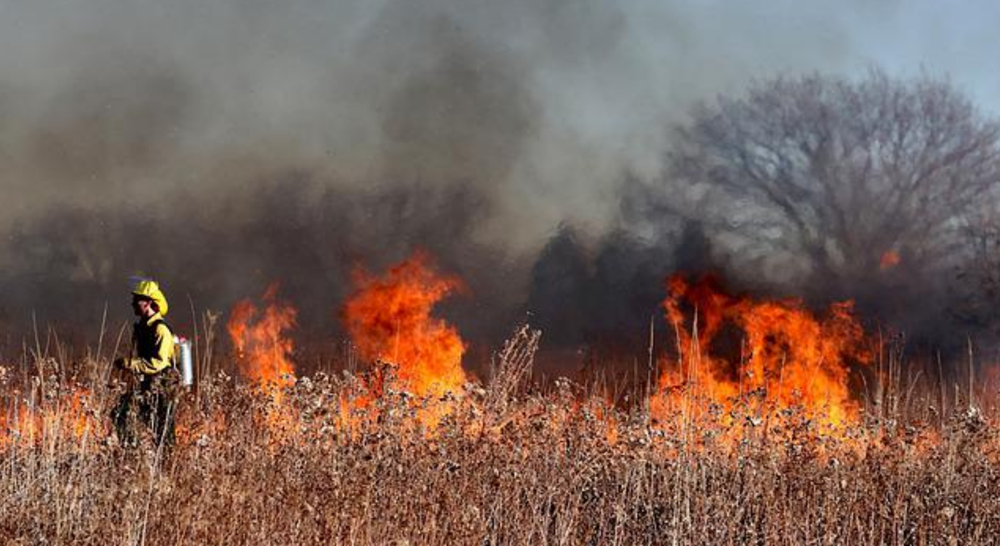Over the years, catastrophic (CAT) events have been increasing in frequency and severity with new areas of the country being affected that have not been before. Like most catastrophic events, wildfires are an inevitable force of nature. Although, they are unavoidable and often detrimental to the operations of a business, there are precautionary measures to help mitigate losses and give your business a better chance to survive an encounter with a wildfire.
Causes of wildfires vary from topographical regions, but the exposure to loss businesses face is consistent. The leading national cause of wildfires is intentional burning or arson, which accounts for about one-third of burned over areas. Debris and trash burning is the second most common igniter for wildfires in the U.S., followed by lightning, smoking, and machine use. For a better understanding of your businesses unique risks based on location, check out IBHS’s Regional Wildfire Retrofit Guides.
Wildfire Contributors
- Weather Conditions – Adverse weather conditions can impend the formation and spread of fires throughout different regions. The National Weather Service stays on top of these changing elements and issues a Fire Weather Watch when there is an expected growth of potential fire spread.
- Strong Winds – Severely dry and strong winds is a prime contributing factor to the spread of fires and embers over large areas. The Santa Ana winds of Southern California have been notorious to carry dry desert air to low pressure areas with gusts up to 60 mph.
- Surface Fuel – Both the dryness and contents of the ground surface are extremely susceptible to wildfires. Surface fuel consists of vegetation like chapparal or shrubs and are considered the least fire-resistant type of vegetation.
- Local Topography – Fires often have distinctive behavior characteristics according to aspect, elevation, position on slope, steepness of slope, and shape of the surrounding countryside. Narrow canyons, side drainages, sharp ridges, and large irregular slopes all have an impact on the direction of travel, rate of spread, and general behavior of fires.
Wildfire Prevention
- Install a roof that is rated Class A, based on testing to ASTM E108 or UL 790.
- Clear debris such as pine needles and leaves from gutters and roof.
- Create a buffer around your building (0–5-foot building ignition zone).
- If you have a raised deck, balcony, or a wood walkway attached to your building, remove items underneath.
- Go beyond the 0–5-foot building ignition zone to take care of landscaping, ground covering, and trees for the entire site. Removed brush, leaves, needles, etc. should be bagged and disposed of via municipal waste and not ever burned.
- Establish an extensive non-smoking policy and/or include a safe location for smoking.
- Provide noncombustible gutter cover device for gutters.
- Replace combustible fencing or gates attached to the building.
- Provide proper building identification.
- If you have a low elevation combustible walkway or deck, enclose this area.
- Move small structures and combustibles away from your building.
- Upgrade to tempered insulating glass.
- Replace your building’s exterior wall cladding and exterior doors.
- Improve site access and firefighting capabilities.
With one of the hottest and driest summers occurring, proper precautions need to be taken in order to protect your property from the hazards of wildfires.
For more information on mitigating risks associated with wildfires, take look at PLM’s loss control guides or give us a call at 1-800-752-1895.

